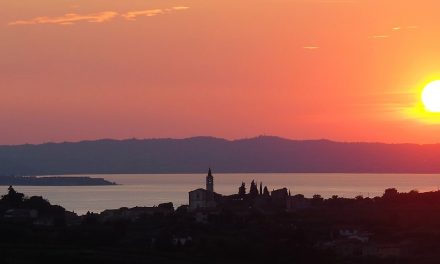We had a wonderful opportunity last weekend to taste the largest number of old vine Carignans ever assembled in the US.
The tasting was held at Wines of Chile’s offices at Puro Chile in New York City and was the stimulated by a convo had with Alder Yarrow of Vinography who came up with the idea. Joining us was Greg Dal Piaz, editor of Snooth; Fred Dexheimer MS, and the event was hosted by Lori Tieszen, Exec. Dir. of Wines of Chile USA.
Some interesting facts (and don’t hold me accountable for the details) about Carignan in Chile:
- Many are grown on their own original rootstocks, not grafted, so it’s a rare opportunity to taste “true” wine. Granted, the botanists will tell you that the rootstock doesn’t affect the flavor, but the age and depth the roots go to, do. And many of these vines are 70 or 80 years old.

- It’s relatively unique to have non-grafted vines in most wine producing areas around the world, but it’s made possible because Phylloxera is essentially absent from Chile, the country being so remote and bounded by four natural barriers of the Atacama Desert, Pacific Ocean, Andes Mountains and Patagonia.
- Most of the wines are produced in the Maule region, and dry farmed (no irrigation) and bush grown, meaning they’re not trellised. So it’s pretty old style viticulture, and the wines show it…rustic, bold tannins and even the younger wines evincing characteristics of the strong sun and dry air of the area.
- Carignan used to be one of the blending grapes of Bordeaux, but like Carmenere, almost forgotten after the phylloxera devastation. It’s found a home in Languedoc-Roussillon region in France where it has the dubious reputation of producing bountiful but not very distinctive juice. Like many old world transplants in South America, however, it develops unique and bold personality and character never seen in its traditional home country.
Some of the wines we tasted were produced by a group called VIGNO which is trying to establish rural Maule in the mind of the world wine cognscenti. There rules require:
- Use a minimum of 65% Carignan in a red wine, with the balance being made up of old-vine varieties from the Maule secano zone
- All Carignan vines must be old, ie 30-years-old or more – or be plants grafted over rootstocks of the País (Mission/Criolla) variety themselves 30-years-old or more – located within Maule’s secano.
- All vines must be dry-farmed (ie unirrigated)
- The wines must be aged for at least two years before being released for sale (the manner of this maturation is not specified)
I was particularly pleased to taste some of the wines produced by the Garage Wine Co., a project of Derek Mossman Knapp, a transplanted Canadian I met at lunch on a visit to Chile two years ago. Derek’s a former ad guy turned passionate winemaker, and I was pleased to see that an ad guy really can produce something of substance and value. Thanks Derek…it gives me something to shoot for.
Jancis Robinson had written a nice piece on VIGNO in her Purple Pages.








